
Tech & Sci
15:23, 03-Feb-2018
‘Last’ steam train in rural China a staple of local life
By Yang Jinghao, Luo Caiwen
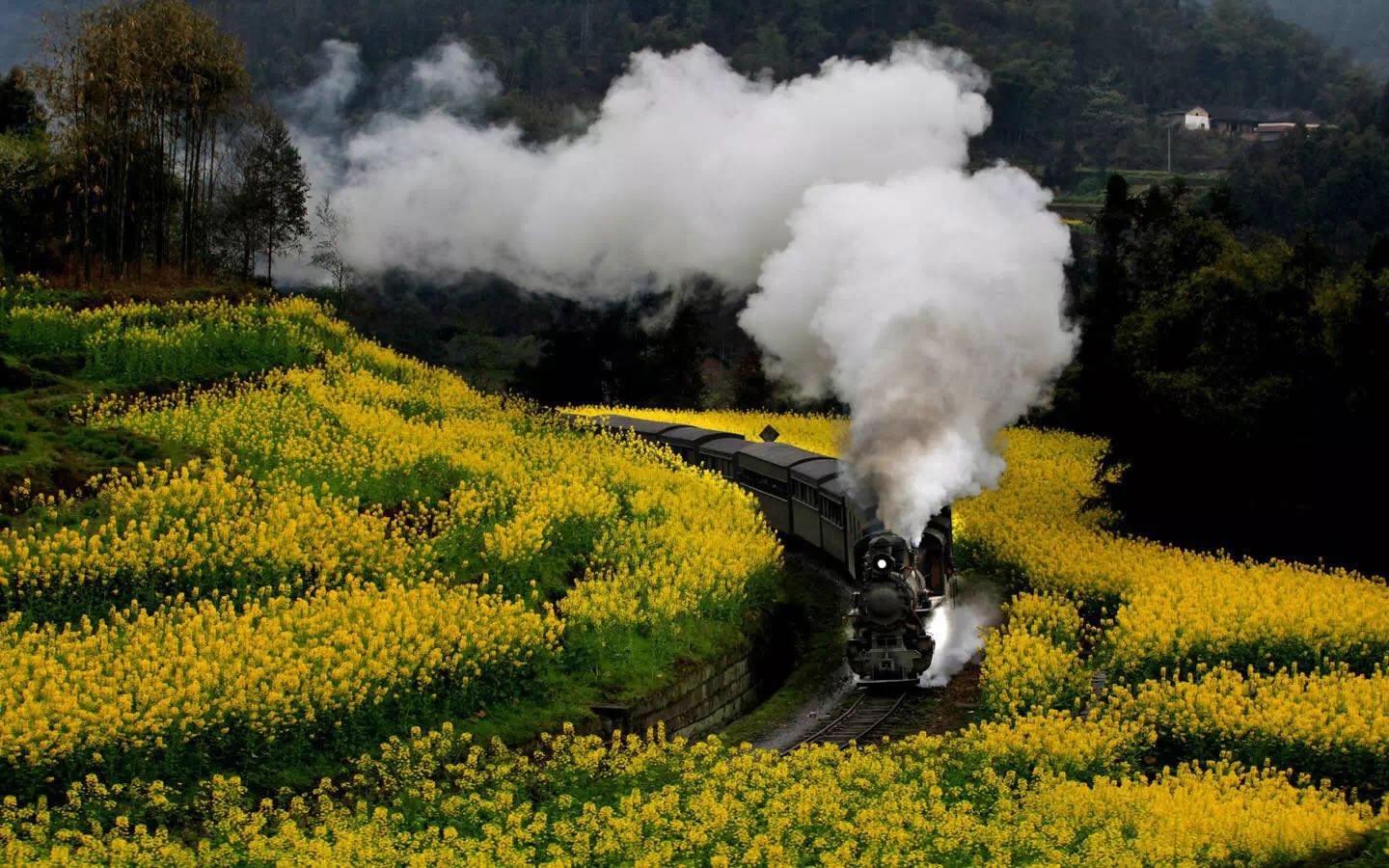
Most Chinese citizens enjoy the modern conveniences brought by high-speed railways, extensive subway networks, and private vehicles. However, residents in a small town in southwest China’s Sichuan Province seem to live in a bygone era: they still use the traditional coal-powered steam train for their daily commute.
As the green train chugs along with its wooden benches and glassless windows, a passenger can smell the coal that powers the engine. The train, widely known as the “Jiayang small train” in Leshan City’s Qianwei County, has been running for 60 years, connecting the towns of Shixi and Bajiaogou.
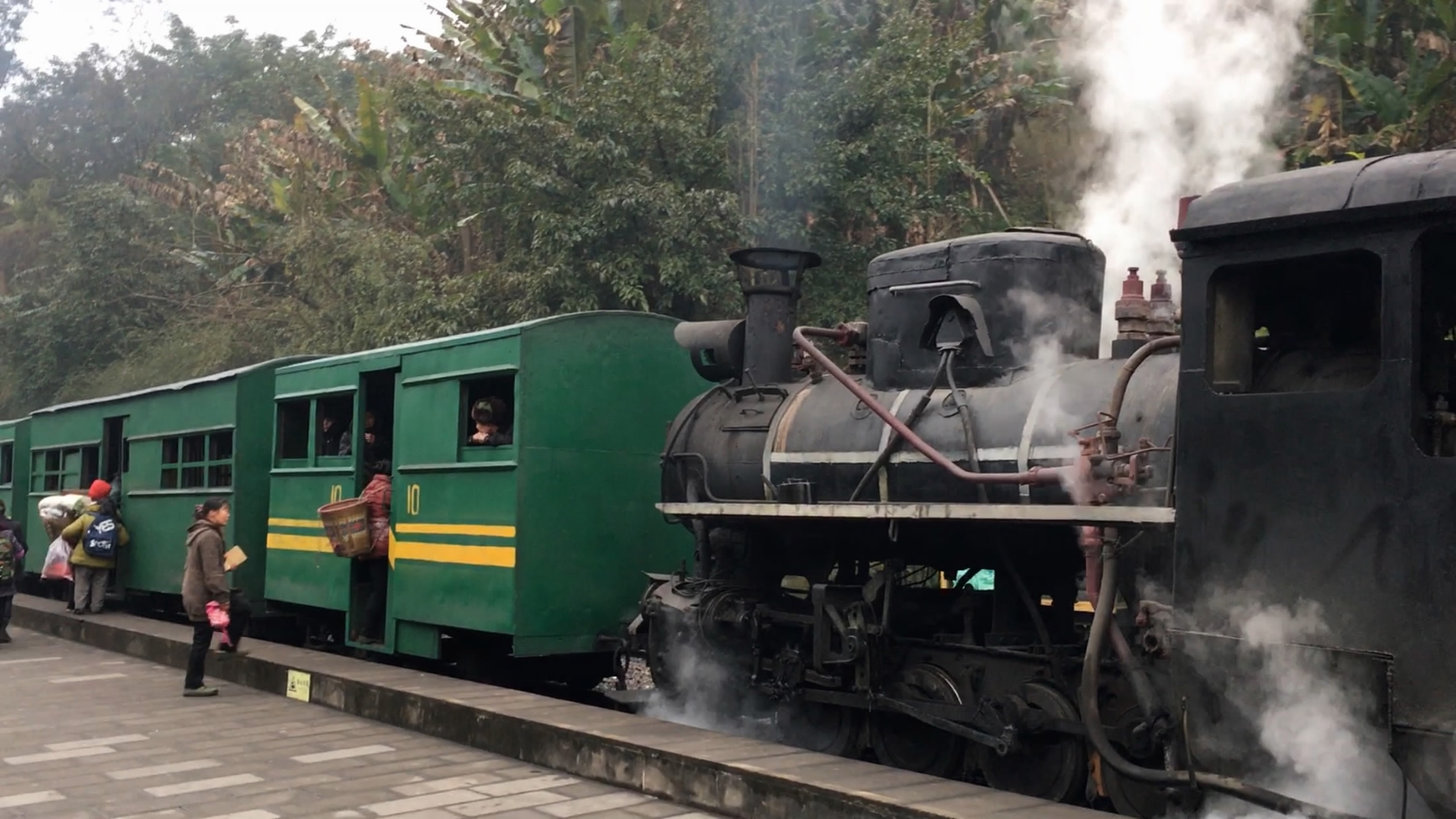
The old-fashioned coal-powered train came into operation in 1959, firstly mainly used to transport coal. /CGTN Photo
The old-fashioned coal-powered train came into operation in 1959, firstly mainly used to transport coal. /CGTN Photo
In 1938, the Sino-British Jiayang Coal Mine was established in Bajiaogou. Twenty years later, the 19.84-kilometer-long railway was constructed to transport coal produced. The tracks are 762 millimeters wide, half of the nationwide standard. Even today, some retired coal miners remember how the narrow-gauge railroad changed their way of working.
“We had to carry the coal out of the town by manpower in the beginning. After the railway was opened, the coal was hauled by the train to the dock and then ferried to Chongqing,” said 92-year-old Chen Shaorong, telling CGTN that the coal was used to produce steel.
Later, the train began to carry villagers living alongside the railway to fairs in town and schools or homes of their relatives. The carriages would get extremely crowded on the days of the fair, when local farmers would bring their farm products or even poultry for trade.
“I’ve taken this train since I was in my 20s. Now I am in my 60s. You can imagine how many times I’ve taken it over these years,” said local farmer Li Yueyin.
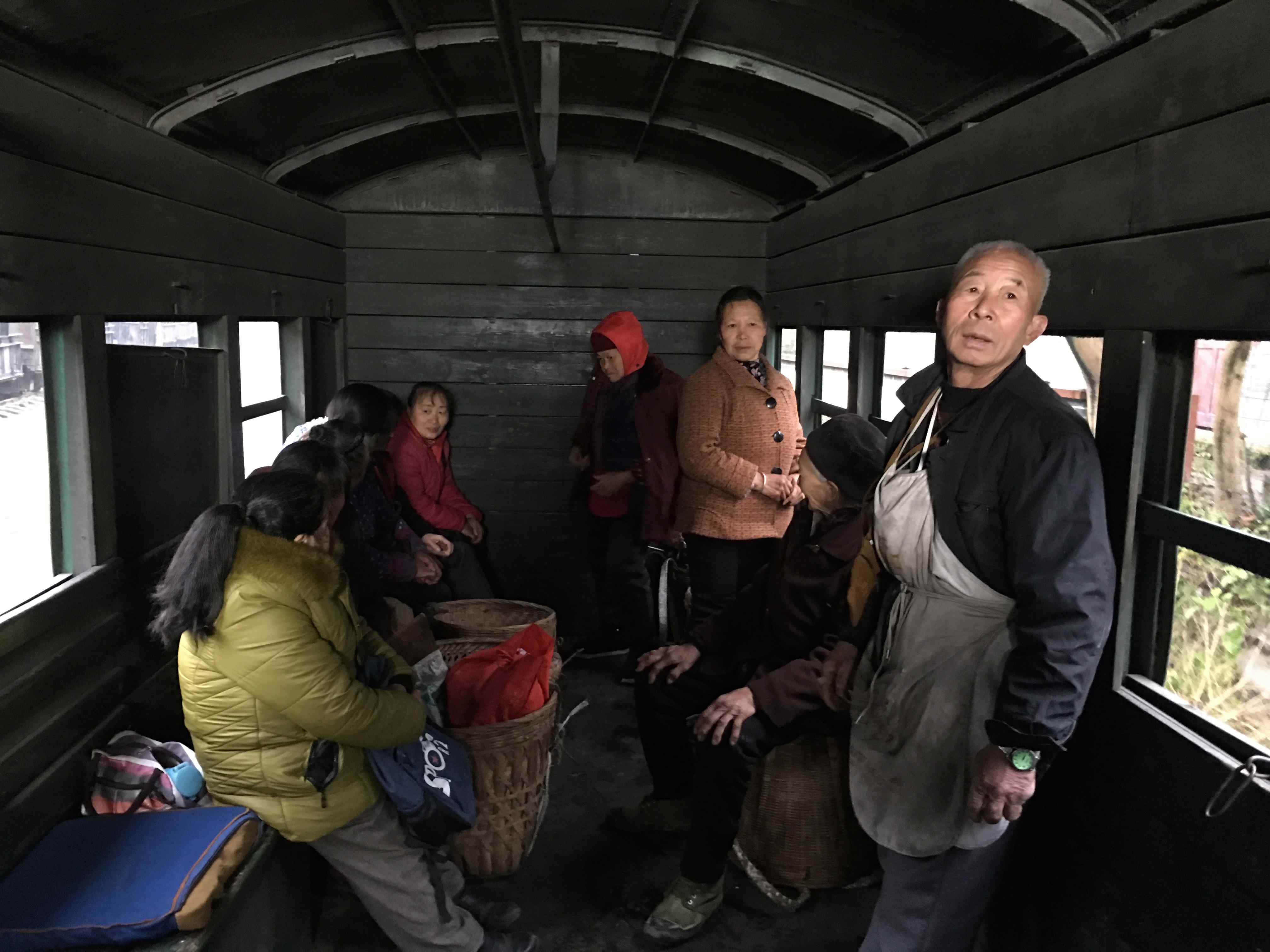
Local farmers living alongside the railway take the small train to the fair in town. /CGTN Photo
Local farmers living alongside the railway take the small train to the fair in town. /CGTN Photo
In recent years, tourists from home and abroad come to visit the time-honored vehicle, which is widely considered the last narrow-gauge passenger steam train in China and even the world. During good seasons, especially spring when all kinds of flowers bloom, many swarm here to experience the so-called “living fossil of the Industrial Revolution.”
To meet growing demand, the train operation company has added some sightseeing trains equipped with air-conditioning, soft seats and glass windows. Each tourist is charged 80 yuan (12.7 US dollars) for a single trip, compared to the five yuan (0.79 US dollars) that locals pay for the shabbier locomotives.
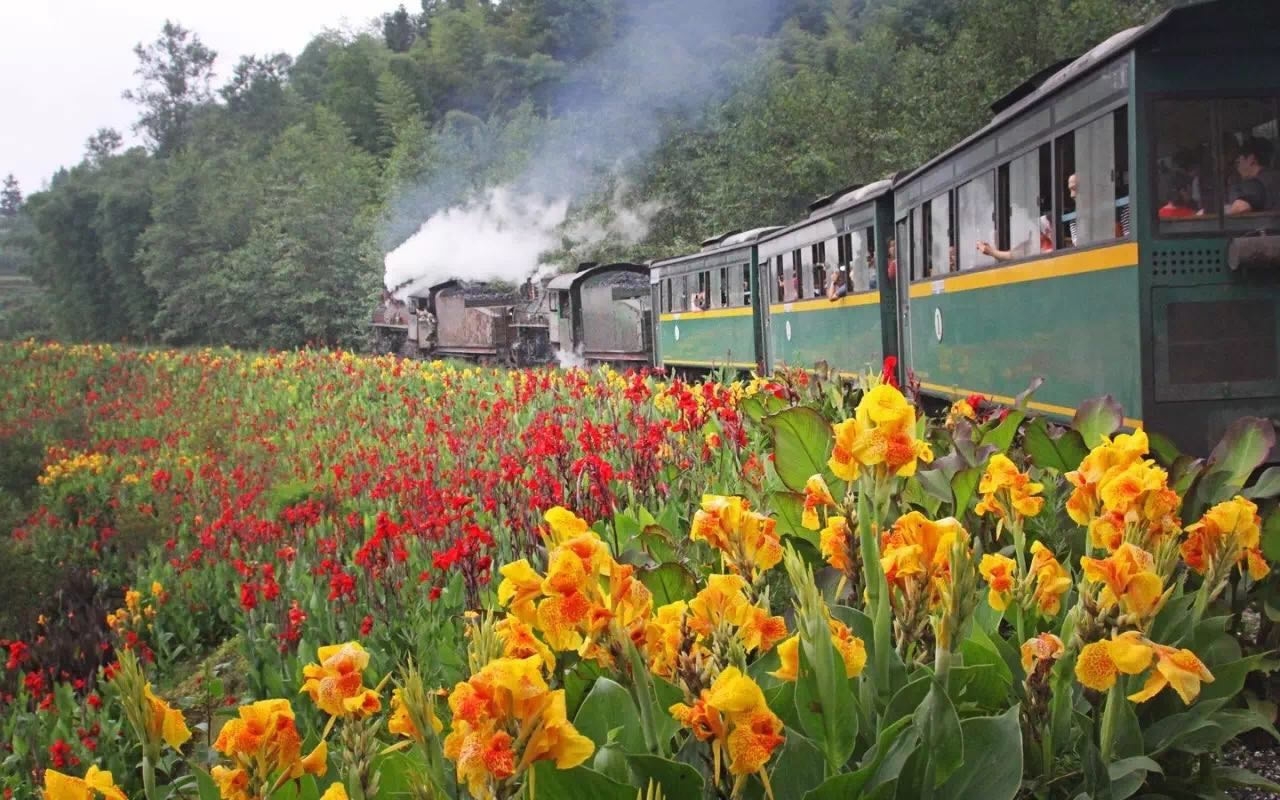
The “Jiayang small train” passes through blooming flowers. /Courtesy of Zhang Xiang
The “Jiayang small train” passes through blooming flowers. /Courtesy of Zhang Xiang
The train hasn’t hauled coal for many years, as two of the three coalmines in the region have closed. But in the town of Bajiaogou, seeing the buildings of that era, it seems that time has stood still over the decades. It has also become an attraction for tourists.
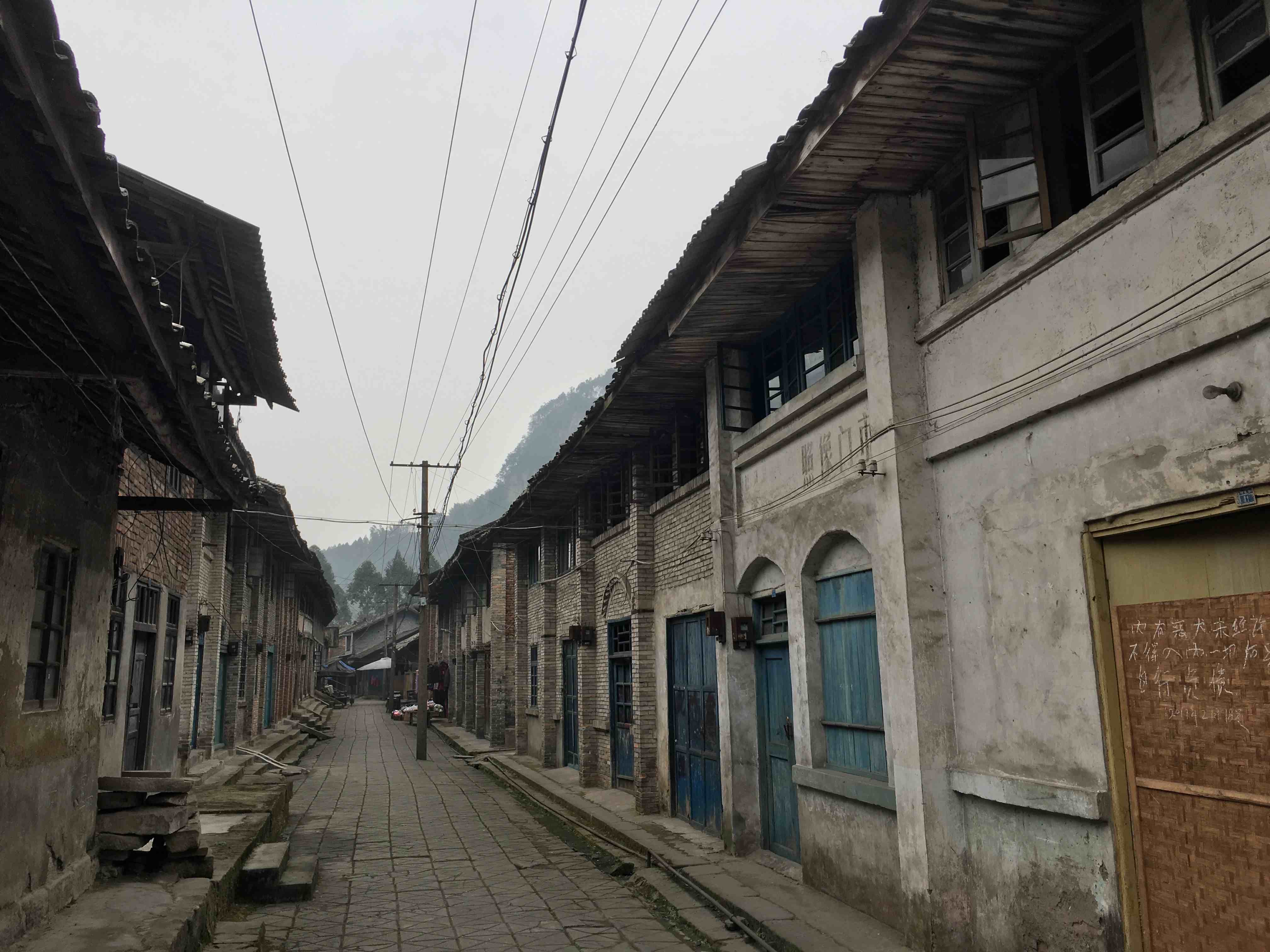
Old buildings decades ago in the residential area of the miners. This has become an attraction for tourists. /CGTN Photo
Old buildings decades ago in the residential area of the miners. This has become an attraction for tourists. /CGTN Photo
The train operator has bigger plans along with greater investment. But no matter how prosperous the area becomes, for locals, taking the small train has become a way of life that won't change anytime soon.

SITEMAP
Copyright © 2018 CGTN. Beijing ICP prepared NO.16065310-3
Copyright © 2018 CGTN. Beijing ICP prepared NO.16065310-3